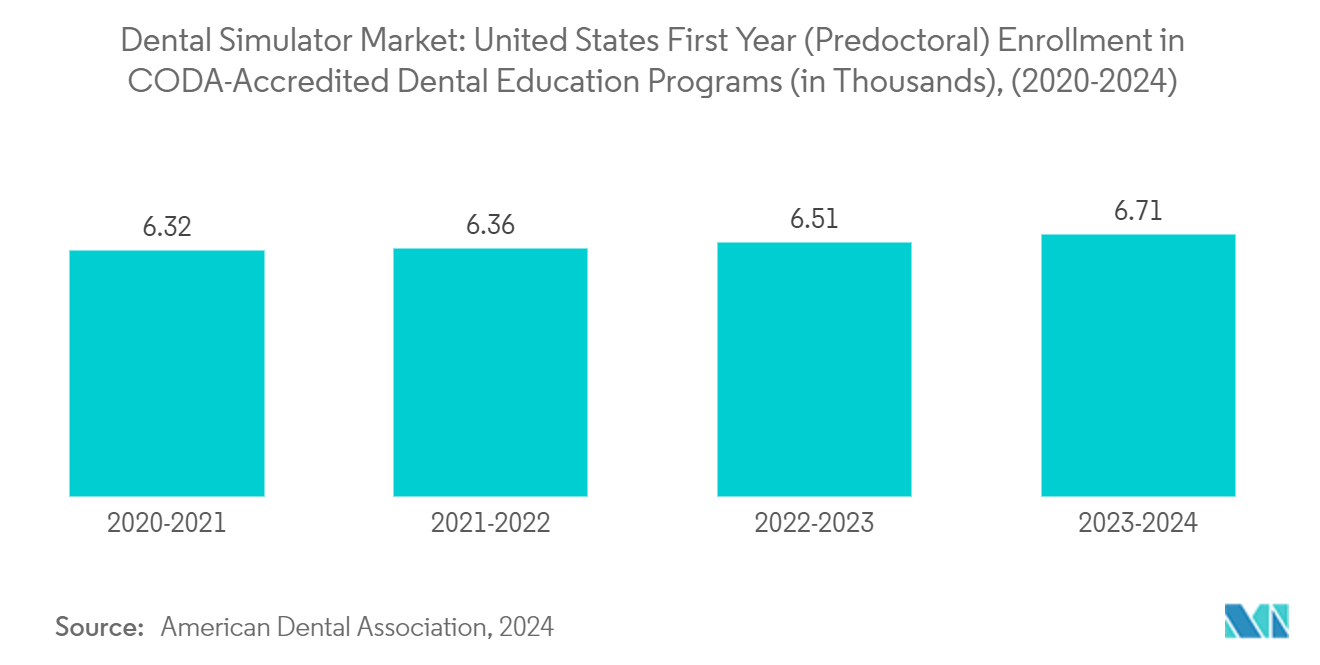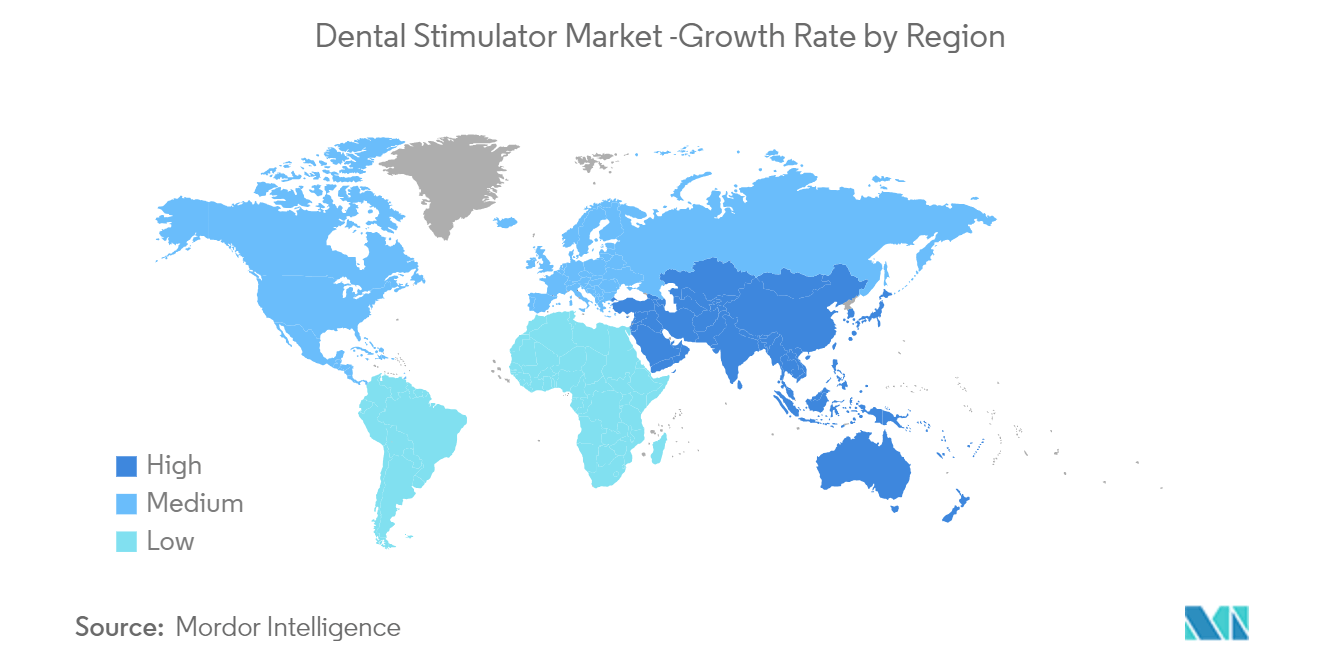Market Trends of Dental Simulator Industry
The Hardware Segment is Expected to Witness Significant Growth Over the Forecast Period
Hardware, comprising physical devices and equipment, is central to the dental simulation process and influences diagnostic precision and treatment efficacy. Dental professionals prioritize tangible tools, such as simulation units, which enable realistic training scenarios and procedural practice. Additionally, advancements in hardware technology, including sensor integration, haptic feedback, and precision engineering, are some of the factors driving the market's growth. According to a published report by the National Center for Biotechnology Institute (NCBI), the Unidental MR Simulator has good face validity for tooth preparation.
The durability and longevity of hardware components make them a sustainable investment for dental facilities, leading to widespread adoption. The physicality of dental professionals solidifies their position as an integral component of dental practices. frasaco GmbH, KaVo Dental, NISSIN DENTAL PRODUCTS INC., and Dentsply Sirona are some of the major manufacturers that offer hardware for the dental simulation market.
Integrating artificial intelligence (AI) algorithms within dental simulation hardware has significantly contributed to its effectiveness. AI-driven simulation can adapt to individual learning styles, provide personalized feedback, and track progress over time. This intelligent functionality enhances the efficiency of dental education and training, making it a valuable asset in dental institutions and professional development programs. Collaborative learning environments further influence the dominance of the hardware segment in dental simulation. Multi-user hardware setups enable dental teams to engage in a collaborative simulation, facilitating communication and teamwork among practitioners, enhancing the overall learning experience, and preparing a dental professional for effective interdisciplinary collaboration in real-world clinical settings.
Therefore, technological advancement, durability, and longevity of the component are some of the key factors expected to drive the segment's growth over the forecast period.

North America is Expected to Dominate the Dental Simulator Market
North America is expected to dominate the market as dental professionals in the region are more inclined to invest in cutting-edge equipment to enhance patient care and stay at the forefront of dental practices. In July 2023, according to The Elite Practice, the Canada Digital Adoption Program (CDAP) announced that it would provide USD 4 billion in total funding to help small- to medium-sized businesses embrace digital transformation.
A rise in dental tourism and a well-established healthcare infrastructure further contribute to market growth. According to PlacidWay, LLC, Mexico and Costa Rica are the cheapest and best countries for dental tourism in the world, where a patient can receive affordable prices for the same dental treatments compared to the other countries.
Moreover, the region serves as a hub for innovation, with companies continuously pushing the boundaries of simulation technology. The proactive approach of regulatory bodies in ensuring product quality and patient safety enhances the credibility of dental simulators in the region, and the presence of leading manufacturers and research institutions further influences market growth.
Therefore, the inclination to invest in cutting-edge equipment to enhance patient care, stay at the forefront of dental practice, and rise in dental tourism are factors expected to drive the market’s growth over the forecast period.


